Volkswagen Boosts Tech Spending to $66 Billion Over Five Years

Volkswagen Group has decided to increase spending on the development of electric and digital technologies over the next five years to 60 billion euros ($66 billion USD). The automaker estimated the revised strategy amounts to slightly more than 40 percent of its investments in property, plant and equipment, and all research and development costs during the planning period.
Of that sum, 33 billion euros are expected to go directly toward the development of new electric vehicles. The increase allocates roughly €12 billion annually for hybridization, electric mobility and digitalization. The old plan set aside 8.8 billion euros per year.
“We will step up the pace again in the coming years with our investments. Hybridization, electrification and digitalization of our fleet are becoming an increasingly important area of focus. We intend to take advantage of economies of scale and achieve maximum synergies. In light of the worsening economic situation, we are also working on increasing our productivity, our efficiency and our cost base so as to secure meeting our targets,” Volkswagen Group CEO Herbert Diess said in a statement.
It’s a lot of money to be spending in an era where the automotive market looks anything but healthy. We’re entering into a period of stagnation in practically all developed markets — places where EVs would sell — and Volkswagen is busy dumping truckloads of cash into them. To be fair, VW has already dug itself in pretty deep with electrification. In attempting to course-correct following its diesel emissions scandal, the automaker presumed electrification would be the best way to future-proof itself against tightening emissions regulations.
While this may one day prove itself the best strategy, EV sales aren’t manifesting at a rate where they seem to be on only horse worth backing. For example, Ford is readying new electric models (and spending plenty to develop them) while keeping its sales emphasis on gas-guzzling SUVs and pickups. Yet Volkswagen wants to produce 75 all-electric models, along with about 60 hybrid vehicles, by 2029 — totally transforming its lineup.
Volkswagen Group also plans to increasing electrification within the Porsche and Audi brands using its PPE high-performance electric platform. However, the vast majority of new EVs are said to be coming out of VW, riding atop the brand’s versatile MEB architecture.
Asked to give some background on why the German automaker is so willing to rush headlong into electrification, Diess suggested it was better to spend more to become a leader in the field — as opposed to falling behind has the market evolves. But that presumes the market will evolve with VW, something that’s largely dependent upon regional emission rules and consumer acceptance.
Europe looks to be on course to continue cracking down on vehicular pollution, stressing out pretty much every manufacturer while giving EV-focused brands an opportunity to shine. However, the conditions have to be right. After tamping down the heavy incentivizing of electric cars, China saw sales plummet as a result. It’s still unclear how much momentum EVs actually have without strong government support or superior hardware that would make them as versatile as internal combustion vehicles.
Volkswagen acknowledged the realities of the market, saying that it would have to lower sales expectations even as it increases spending. It lowered its full-year outlook for vehicle deliveries in October, warning of slowing demand around the globe.
“Despite the gain in market share, the Volkswagen Group anticipates that vehicle markets will contract faster than previously anticipated in many regions of the world,” the company said.
[Image: nrqemi/Shutterstock]

A staunch consumer advocate tracking industry trends and regulation. Before joining TTAC, Matt spent a decade working for marketing and research firms based in NYC. Clients included several of the world’s largest automakers, global tire brands, and aftermarket part suppliers. Dissatisfied with the corporate world and resentful of having to wear suits everyday, he pivoted to writing about cars. Since then, that man has become an ardent supporter of the right-to-repair movement, been interviewed on the auto industry by national radio broadcasts, driven more rental cars than anyone ever should, participated in amateur rallying events, and received the requisite minimum training as sanctioned by the SCCA. Handy with a wrench, Matt grew up surrounded by Detroit auto workers and managed to get a pizza delivery job before he was legally eligible. He later found himself driving box trucks through Manhattan, guaranteeing future sympathy for actual truckers. He continues to conduct research pertaining to the automotive sector as an independent contractor and has since moved back to his native Michigan, closer to where the cars are born. A contrarian, Matt claims to prefer understeer — stating that front and all-wheel drive vehicles cater best to his driving style.
More by Matt Posky
Latest Car Reviews
Read moreLatest Product Reviews
Read moreRecent Comments
- Analoggrotto Does anyone seriously listen to this?
- Thomas Same here....but keep in mind that EVs are already much more efficient than ICE vehicles. They need to catch up in all the other areas you mentioned.
- Analoggrotto It's great to see TTAC kicking up the best for their #1 corporate sponsor. Keep up the good work guys.
- John66ny Title about self driving cars, linked podcast about headlight restoration. Some relationship?
- Jeff JMII--If I did not get my Maverick my next choice was a Santa Cruz. They are different but then they are both compact pickups the only real compact pickups on the market. I am glad to hear that the Santa Cruz will have knobs and buttons on it for 2025 it would be good if they offered a hybrid as well. When I looked at both trucks it was less about brand loyalty and more about price, size, and features. I have owned 2 gm made trucks in the past and liked both but gm does not make a true compact truck and neither does Ram, Toyota, or Nissan. The Maverick was the only Ford product that I wanted. If I wanted a larger truck I would have kept either my 99 S-10 extended cab with a 2.2 I-4 5 speed or my 08 Isuzu I-370 4 x 4 with the 3.7 I-5, tow package, heated leather seats, and other niceties and it road like a luxury vehicle. I believe the demand is there for other manufacturers to make compact pickups. The proposed hybrid Toyota Stout would be a great truck. Subaru has experience making small trucks and they could make a very competitive compact truck and Subaru has a great all wheel drive system. Chevy has a great compact pickup offered in South America called the Montana which gm could make in North America and offered in the US and Canada. Ram has a great little compact truck offered in South America as well. Compact trucks are a great vehicle for those who want an open bed for hauling but what a smaller more affordable efficient practical vehicle.
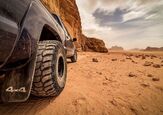
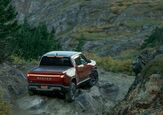
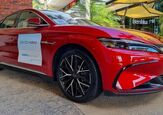













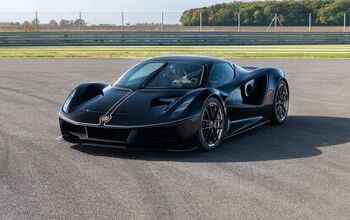
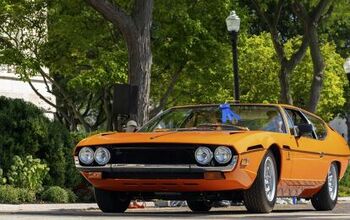
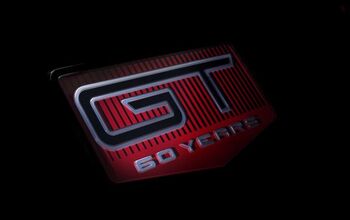
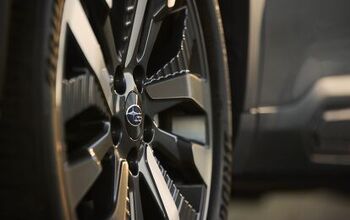
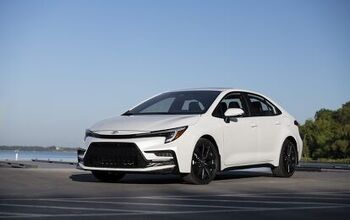
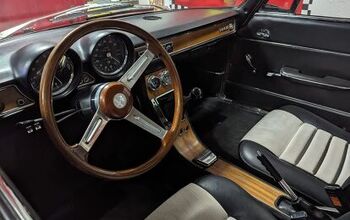

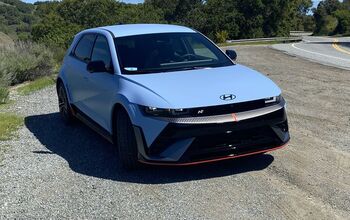
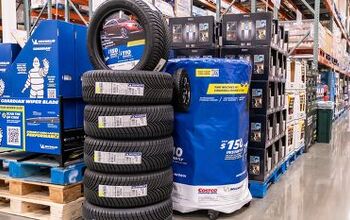
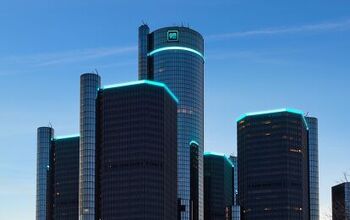
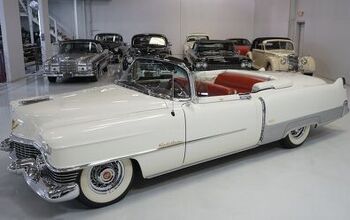

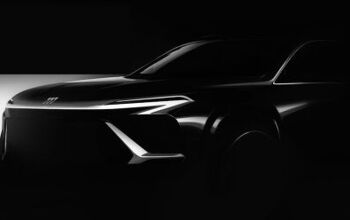

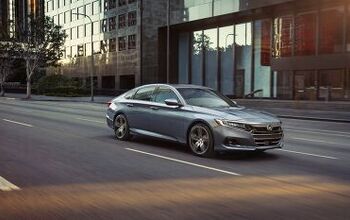
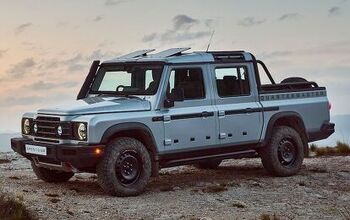
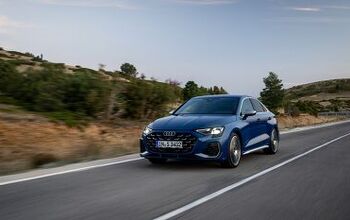
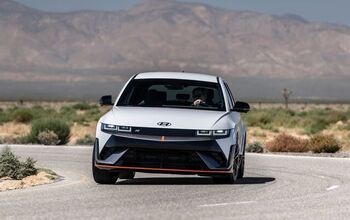
Comments
Join the conversation
I am astounded that VW continues to find cash to fund these projects. Diesel gate must have cost them close to $20B with fines, buy backs and legal fees. That money has paid a 0 rate of return. As auto sales as a whole are nosing downward, where is their funding coming from?? Is this all due to the historically low interest rates? Between the high cost of electric vehicles, recharging times, faltering electrical grids world wide (see recent California power suspensions in times of fire and in times of excessive demand) from where will come the future sales to provide the profits to repay these investments?? Just because European cities ban ICE vehicles, doesn’t mean its a good idea. Remember that Europe laughed at the U.S. in the mid 70s when we began equipping gas vehicles with catalytic converters and they were sure the future lay in Diesel engines.
Not to be 'that guy,' but any design feature that requires the driver to do something unsafe needs to be rethought. Backing into traffic has to be among the most dangerous things to do while driving that is also VERY easily fixed.